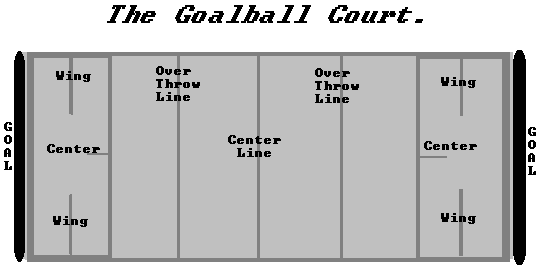Judo uses the same basic rules as wrestling that Americans are familiar with. There are 13 weight classes and competitors can be of any age or gender. Points are scored by executing different moves. The object of the match is for one competitor must throw the other to the ground, and the one on the ground must remain pinned there with both hips and both shoulders touching the floor for two seconds. If this is accomplished the match is over. If the person who was thrown to the floor manages to get free, the match may continue. One competitor may also end the match by submitting to the other competitor by patting the floor or the opponent to show that he is ready to admit his defeat. The only resources needed are an open space, preferably with a soft floor like a wrestling mat, and a person to referee the competition. For competitors with visual impairments the mat should have different textures to mark different zones. Contestants usually wear robes and belts similar to those worn in karate. For someone just leaning about judo, a coach or teacher would be important. The best leadership for this activity is a teacher who has been practicing Judo for many years to guide people who are still learning.
I learned about Judo for athletes with visual impairments from an online search. My sources follow: http://judoinfo.com/new/, http://www.blindjudofoundation.org/. This is a new story of paralympic athletes competing in Judo http://www.blindjudofoundation.org/videos.php. This is from the 2009 Judo Open.

For people looking for more information on Judo I recommend both of these websites as well as the paralympic websites.

